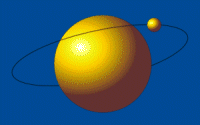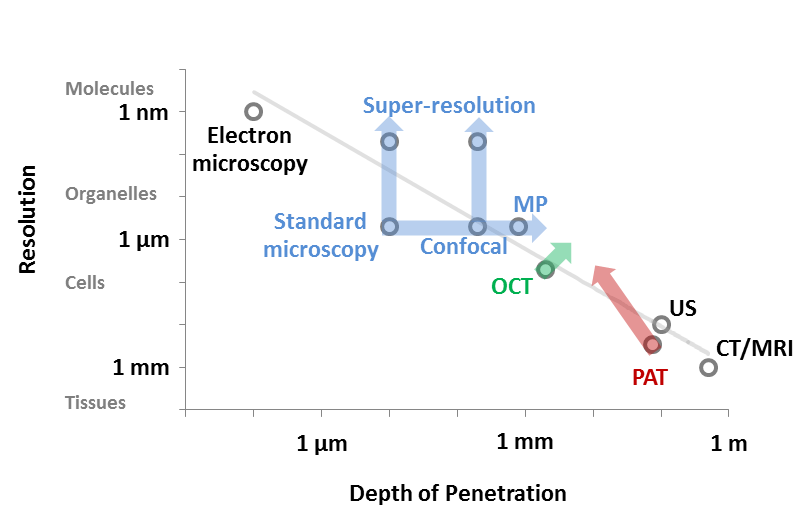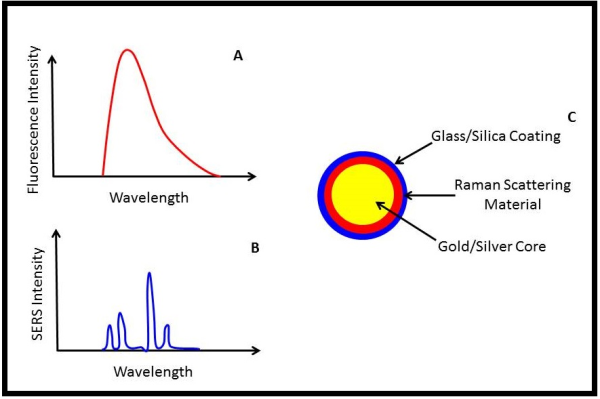Rydberg Atoms: Two’s Company, Three’s Still Company
Once relegated to the margins of atomic physics research as basically tunable microwave antennas (albeit with enviable success), highly excited “Rydberg” atomic states have experienced a resurgence of interest in the past decade at the hands of the quantum information community, owing to...
Added: 28 Feb 2014
How to fit a laser-scanning microscope into a 2mm diameter tube
Optical microscopy can provide high-resolution images of cellular morphology and matrix organization, which can be utilized to diagnose disease or trauma. However, achieving an adequate signal-to-noise ratio at imaging depths exceeding 1mm is very challenging. As a result, the initial clinical applications for optical microscopy techniques have largely focused on skin pathology. ...
Added: 28 Feb 2014
Pushing the limits of imaging resolution and penetration depth
The development of labeling techniques capable of providing customizable molecular specificity has made optical microscopy a fundamental technique in the biomedical research, and the standard compound microscope remains a fixture in just about any clinic or biomedical lab. The popularity of optical microscopy was also driven by the ability to provide resolution at the cellular level that...
Added: 28 Feb 2014
It takes blood, sweat, and SERS to image single cells
Throw out those old dusty fluorescent molecules and welcome in the next generation of optical contrast agents. SERS (Surface Enhanced Raman Scattering/Spectroscopy) nanoparticles are sophisticated new contrast agents that offer some distinct advantages over conventional fluorescent molecules for investigating molecular biology.
Added: 20 Feb 2014
Will the future be crowd-sourced? Open Source Appropriate Technology
I recently came across an article on Open Source Appropriate Technology (OSAT). How did I never think of this myself? Why have I never heard or read about it before? OSAT is all about developing technology in an open source environment (similar to ...
Added: 19 Feb 2014
Where would biomedicine be without optics?
Much of the emphasis in biomedical optics research has been placed on the clinical translation of our technologies -- and rightfully so! As my fellow blogger Dr. Ken Tichauer indicates, the potential impact in the clinic is great and the future remains bright. But as we gear up for OSA BIOMED 2014 in Miami, I...
Added: 10 Feb 2014
Quantum Information Goes Splat on Causality's Windshield
Physicists sleep well at night comforted in the fact that information can’t travel faster than light, but determining where exactly the causality police write the speeding ticket in various systems can be tricky to pin down. In an invited talk at QIM 2014, my colleague Paul Lett from NIST and the Joint Quantum Institute will present new measurements showing just how this speed...
Added: 06 Feb 2014
Photoimmunotherapy (PIT) busts open the doors for drug delivery
Over the last decade alone, it is estimated that over $200 billion has been spent just by governments to fund cancer research [1]. Despite this enormous investment, the recently released 2014 World Heath Organization (WHO) Cancer Report suggests that cancer incidence rates and deaths from cancer are on the rise, both in more developed and less developed nations.
Added: 06 Feb 2014








